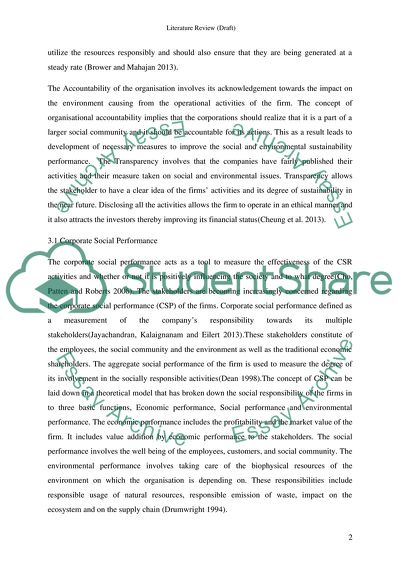Cite this document
(“Corporate Social Performance (research report) Essay - 1”, n.d.)
Corporate Social Performance (research report) Essay - 1. Retrieved from https://studentshare.org/marketing/1690990-corporate-social-performance-research-report
Corporate Social Performance (research report) Essay - 1. Retrieved from https://studentshare.org/marketing/1690990-corporate-social-performance-research-report
(Corporate Social Performance (research Report) Essay - 1)
Corporate Social Performance (research Report) Essay - 1. https://studentshare.org/marketing/1690990-corporate-social-performance-research-report.
Corporate Social Performance (research Report) Essay - 1. https://studentshare.org/marketing/1690990-corporate-social-performance-research-report.
“Corporate Social Performance (research Report) Essay - 1”, n.d. https://studentshare.org/marketing/1690990-corporate-social-performance-research-report.


